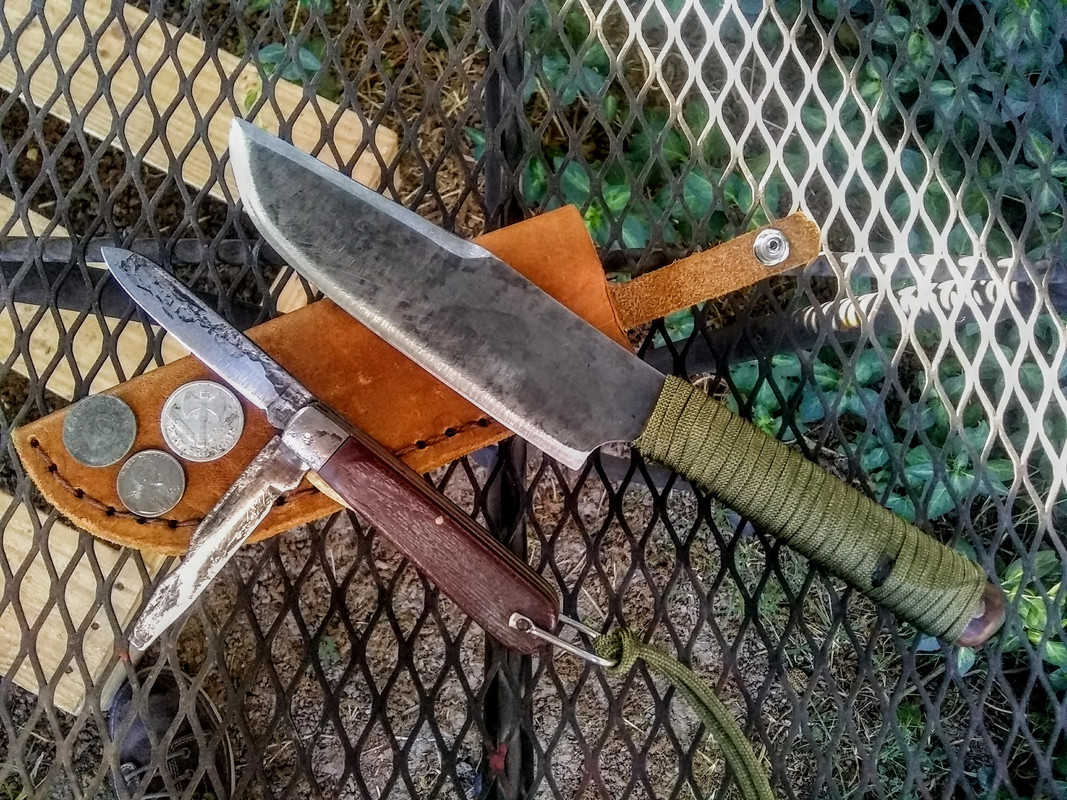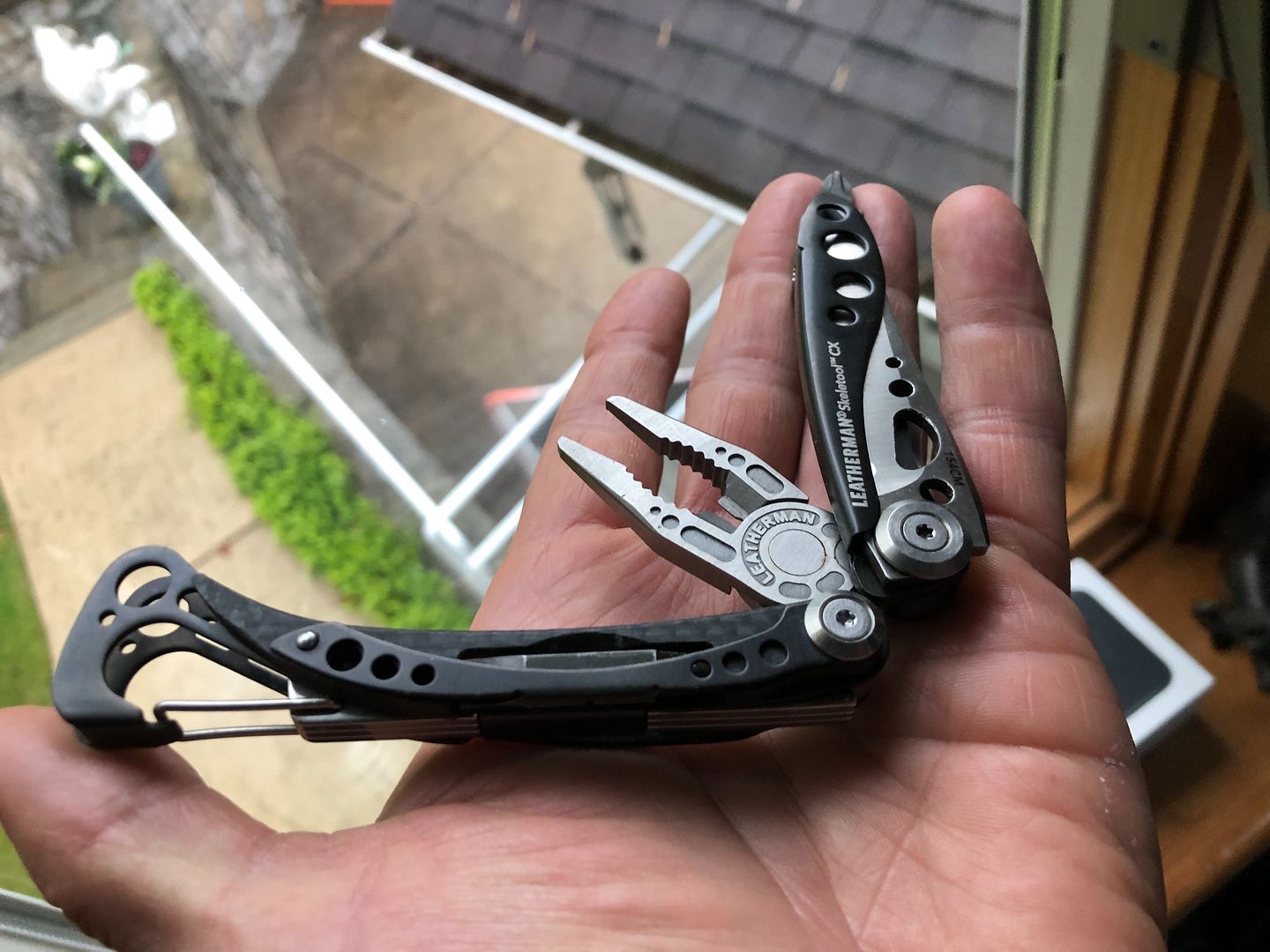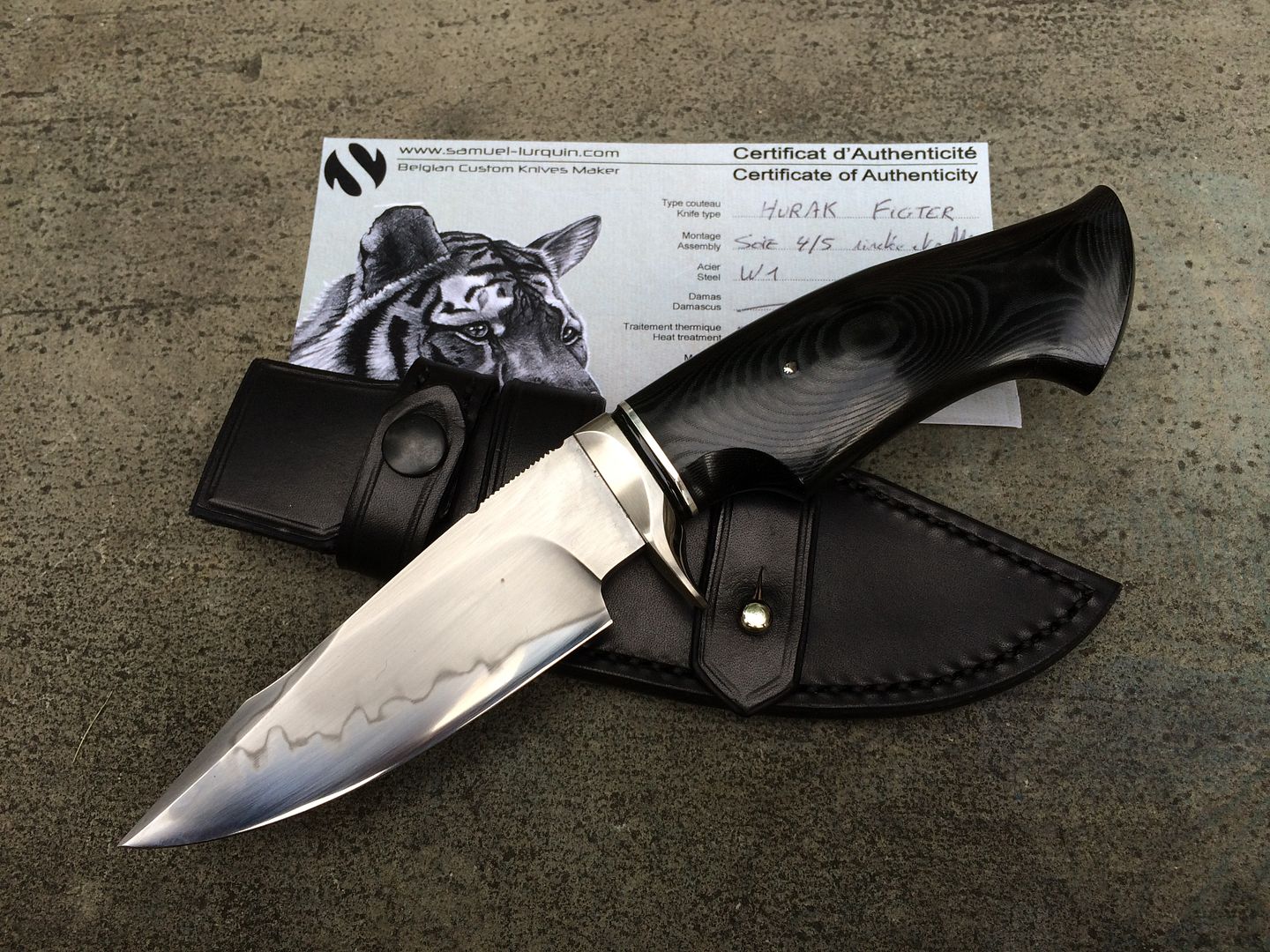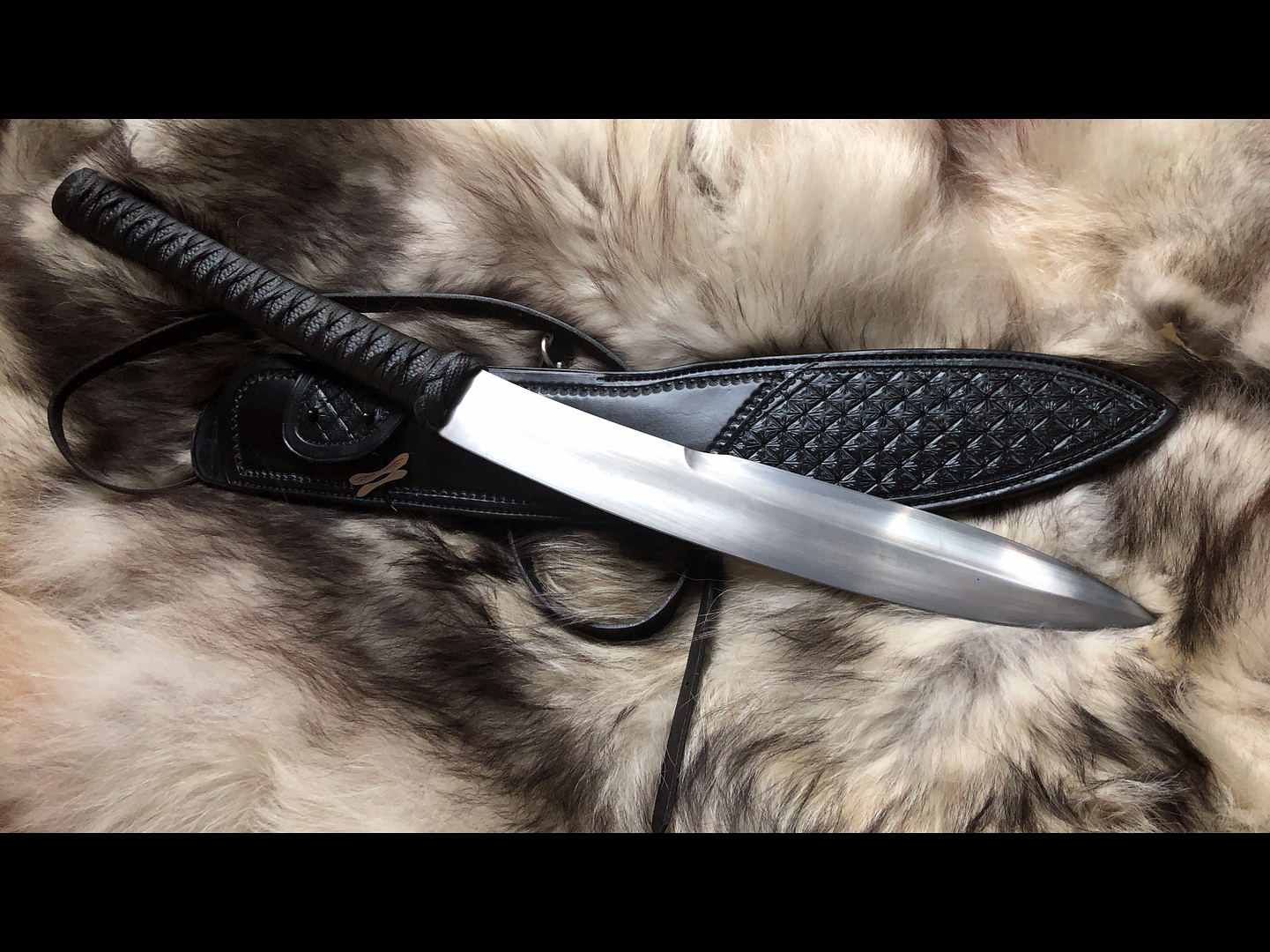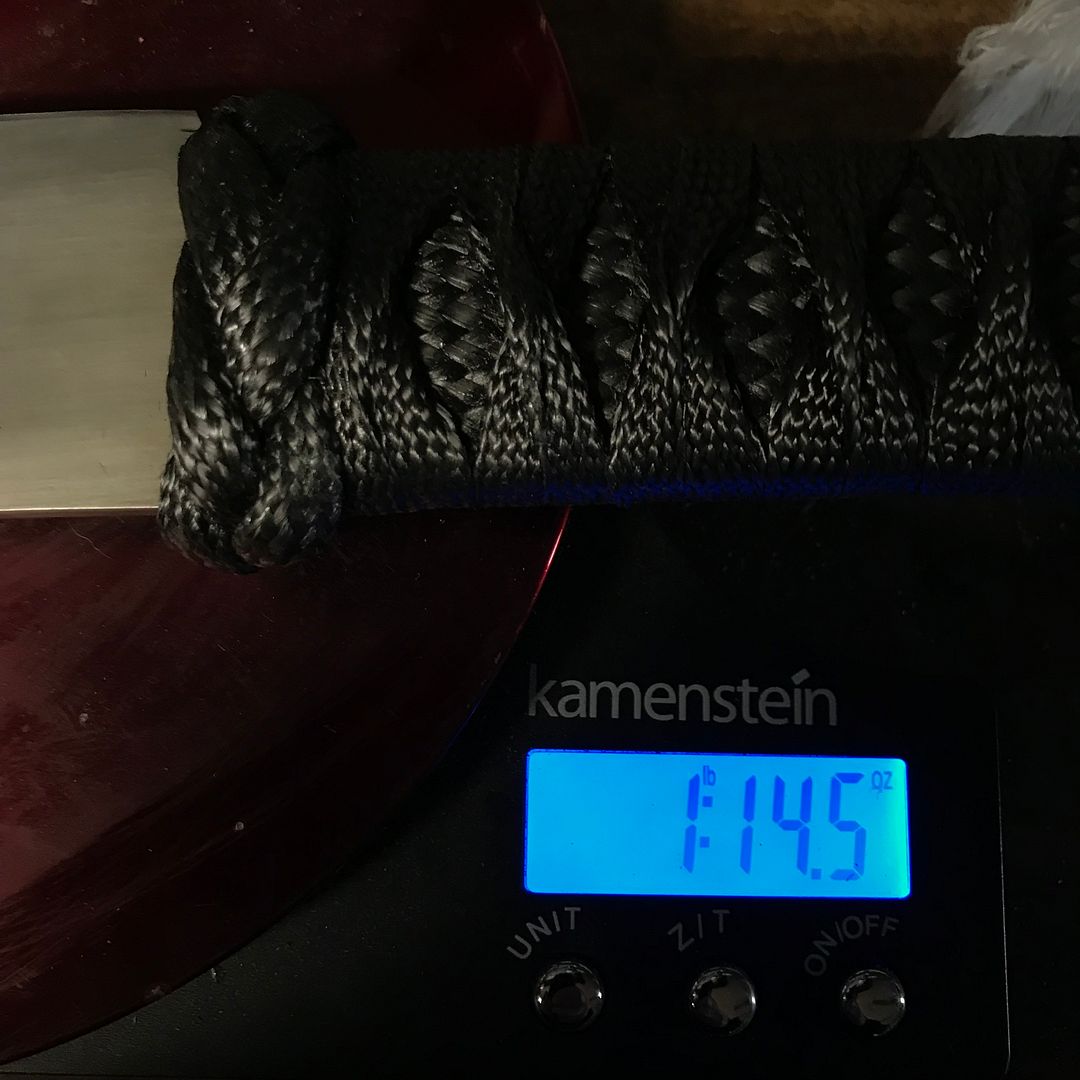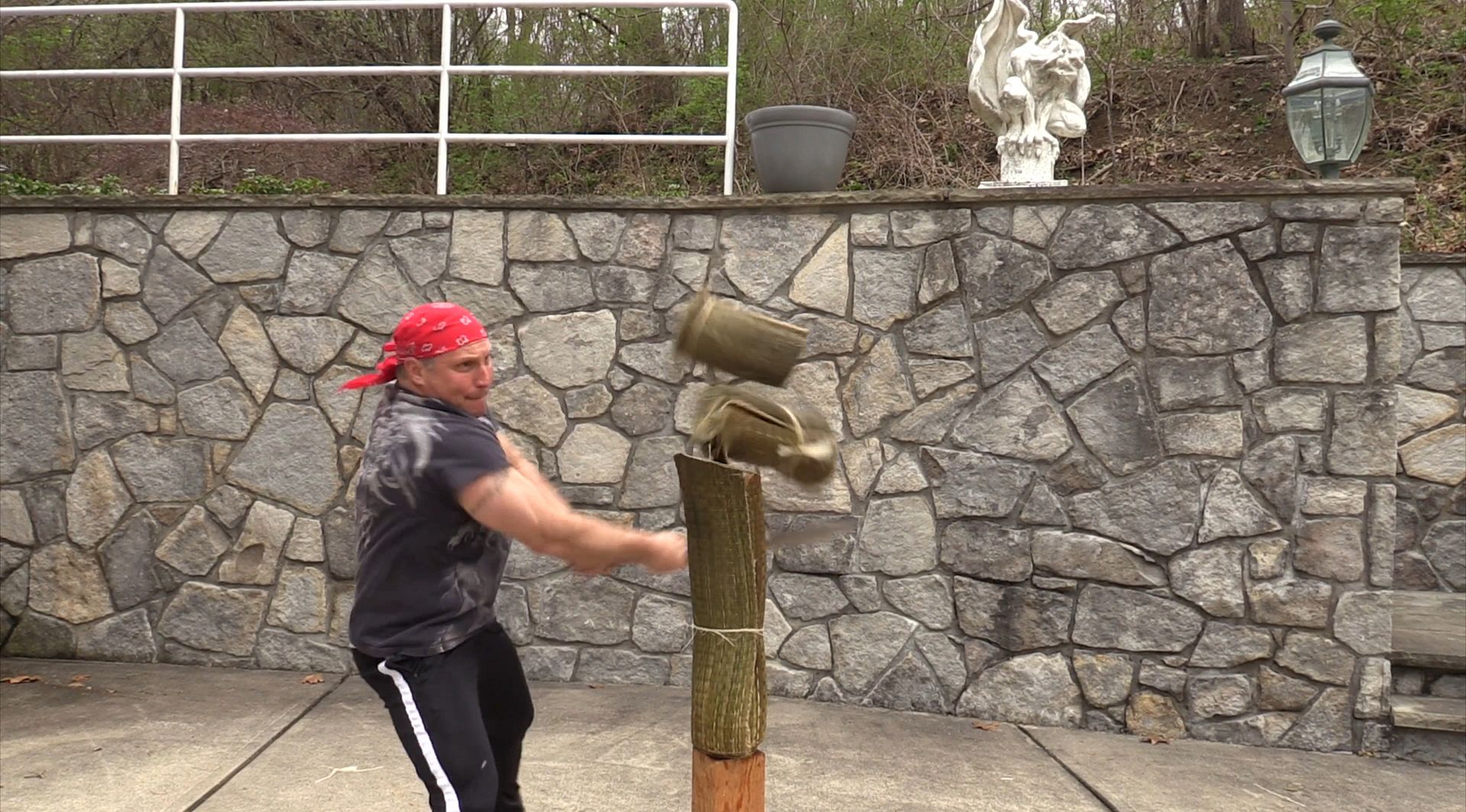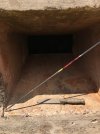afishhunter
Basic Member
- Joined
- Oct 21, 2014
- Messages
- 14,756
I'd probably use the sheath knife/bayonet and the "Demo" knife I was issued.
I suspect the "Demo" knife would see the most use.
How oft was a sheath knife or bayonet actually used during combat by the "average" trooper in WW II?
My guess is about as oft as a bow and arrow or a spear.
I suspect the "Demo" knife would see the most use.
How oft was a sheath knife or bayonet actually used during combat by the "average" trooper in WW II?
My guess is about as oft as a bow and arrow or a spear.
Last edited:

